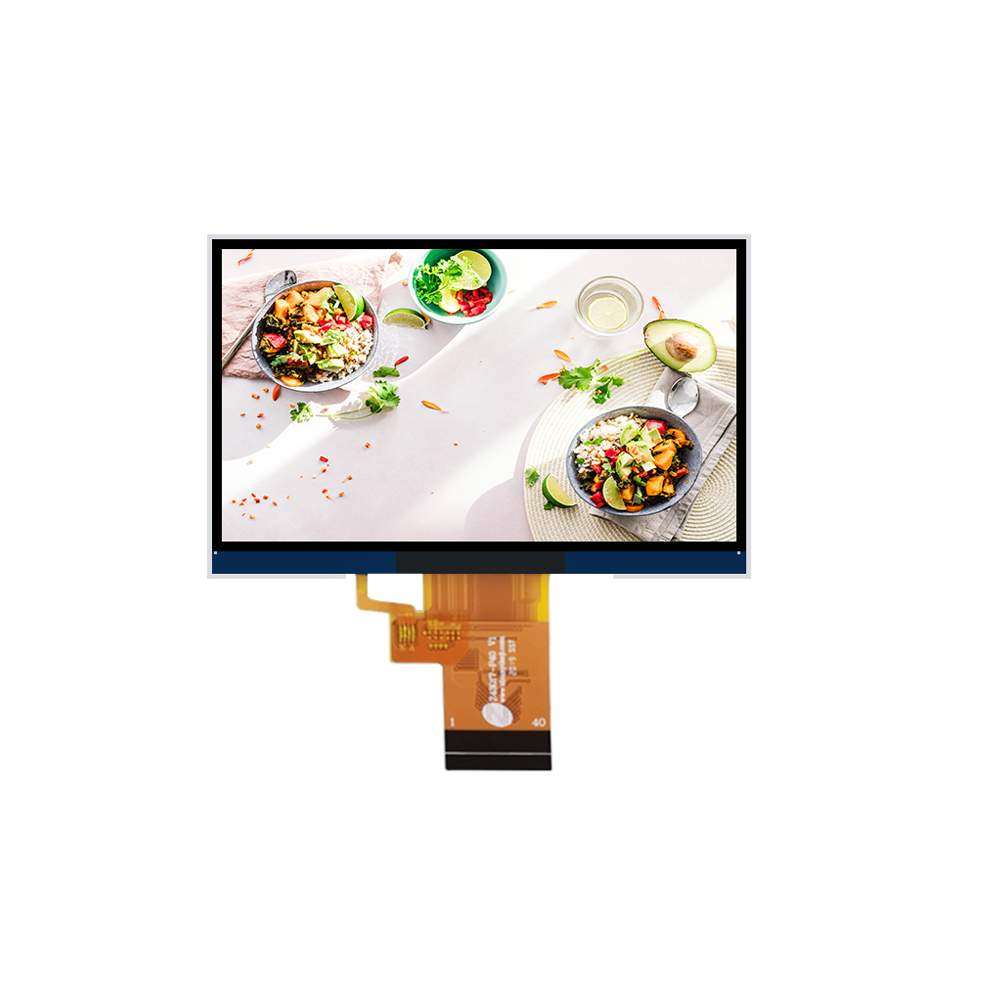




The integration of touch displays and environmental sensors represents a significant advancement in interactive technology, enabling a more intelligent and responsive user experience across various applications. Environmental sensors, such as temperature, humidity, light, and air quality sensors, can collect real - time data about the surrounding environment, while touch displays serve as the interface for users to interact with and receive information.
In smart home systems, this integration creates a seamless and intuitive control center. For example, a touch display integrated with temperature and humidity sensors can not only show the current indoor climate conditions but also allow users to adjust the settings of air conditioners, heaters, or humidifiers with a simple touch. The display can present data in a visually appealing way, such as graphs showing temperature trends over time, and offer personalized suggestions based on the sensor data. If the air quality sensor detects poor air quality, the touch display can prompt the user to turn on the air purifier and provide information on how to improve the indoor air environment.
In commercial buildings, the combination of touch displays and environmental sensors is used for energy management and comfort optimization. Touch screens located in common areas can display real - time information about the building's energy consumption, such as electricity and water usage, which is collected by energy - monitoring sensors. Building occupants can interact with the display to learn about energy - saving tips or even adjust the lighting and temperature settings of their workspaces. Meanwhile, environmental sensors can detect the occupancy of different areas, and the touch display can use this data to optimize the operation of HVAC systems, reducing energy waste and enhancing the overall comfort of the building.
In outdoor public spaces, touch displays paired with environmental sensors can provide valuable information to the public. For instance, a touch - screen kiosk in a park might integrate weather sensors to display real - time weather conditions, including temperature, wind speed, and precipitation forecasts. The display can also offer interactive maps, points of interest, and safety tips based on the environmental data. If there is a high - temperature warning detected by the sensor, the touch display can alert visitors about heatstroke prevention measures and suggest shaded areas or water - filling stations in the park. This integration makes public spaces more user - friendly and informative, enhancing the overall experience for visitors.
